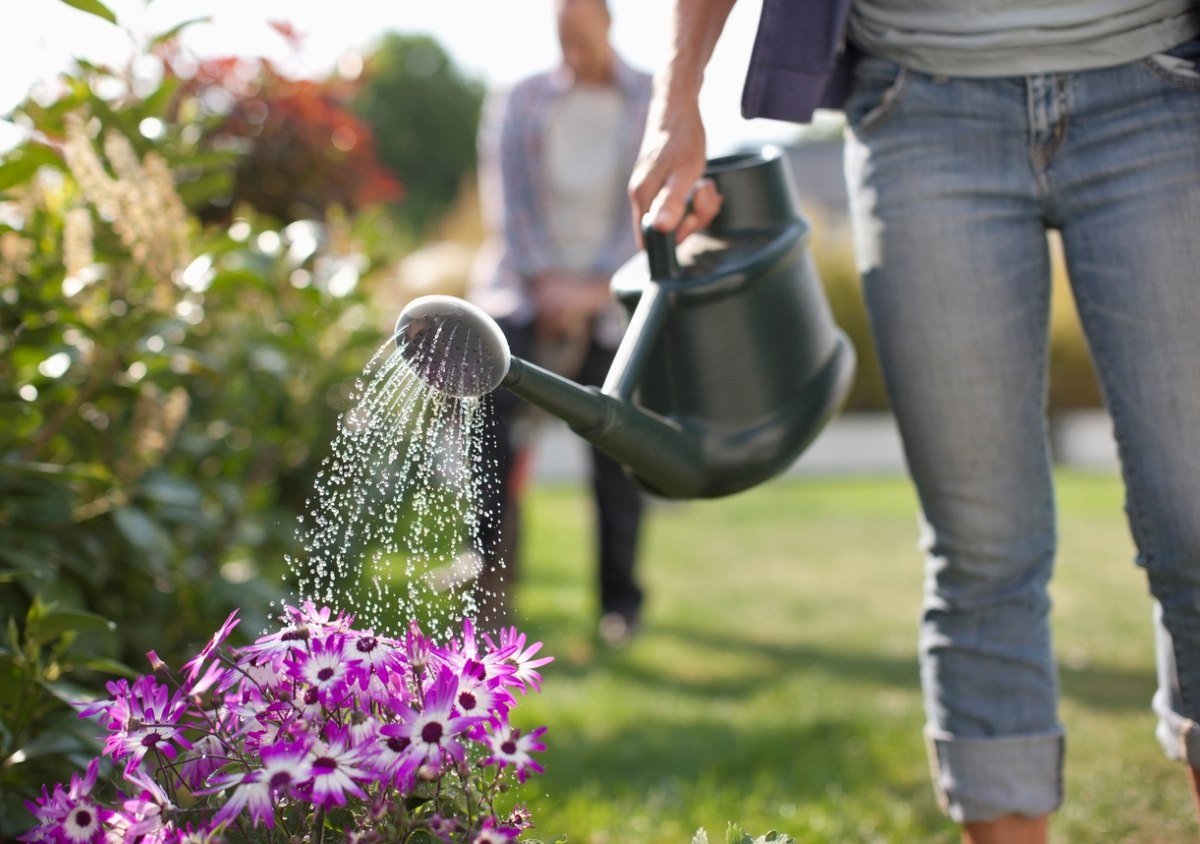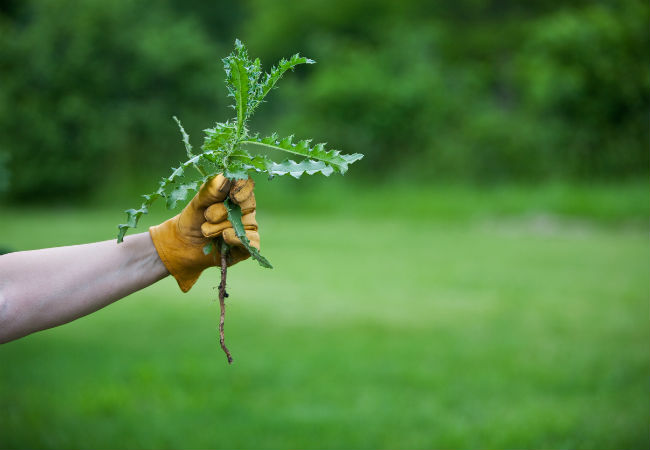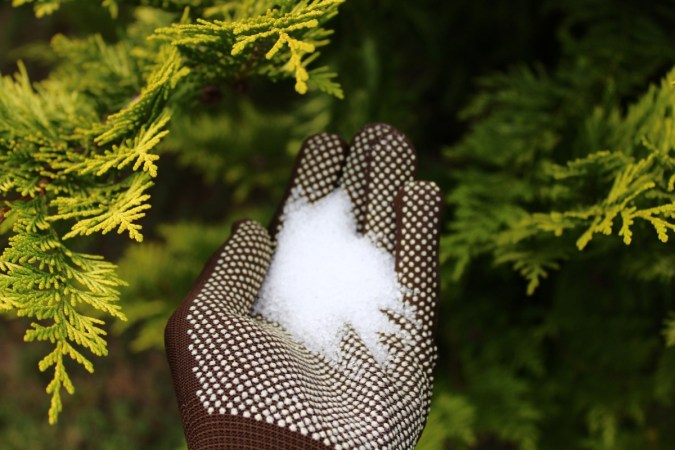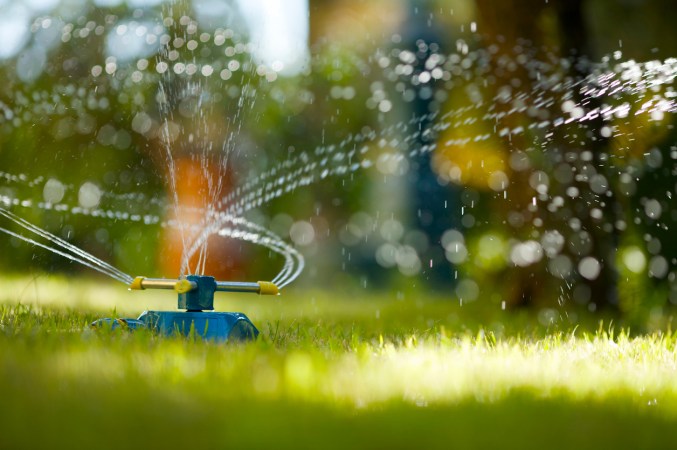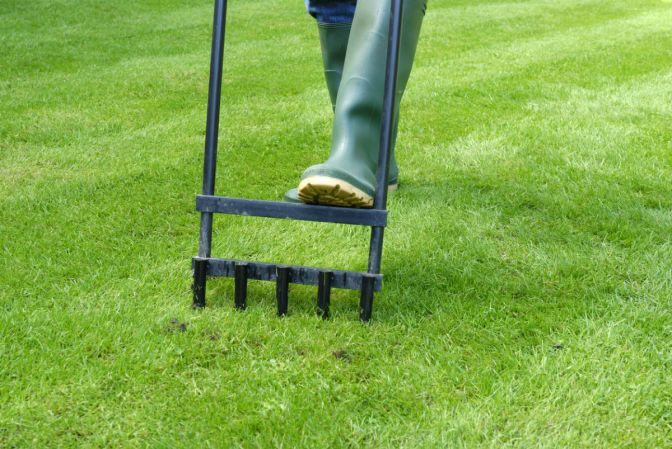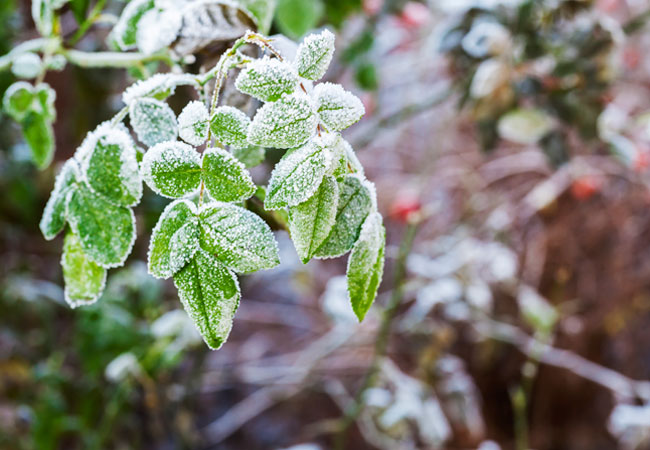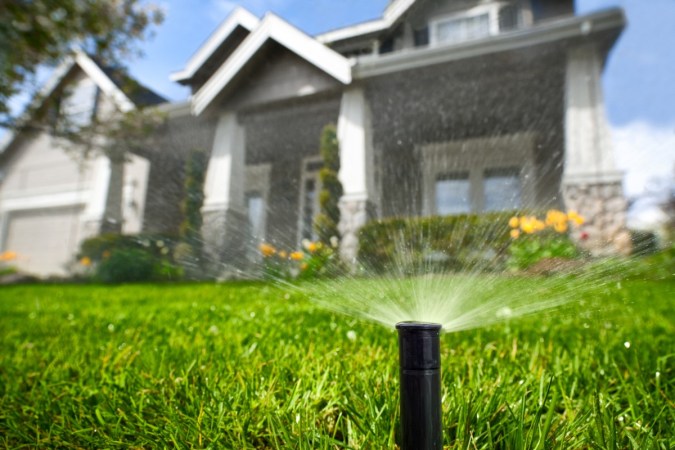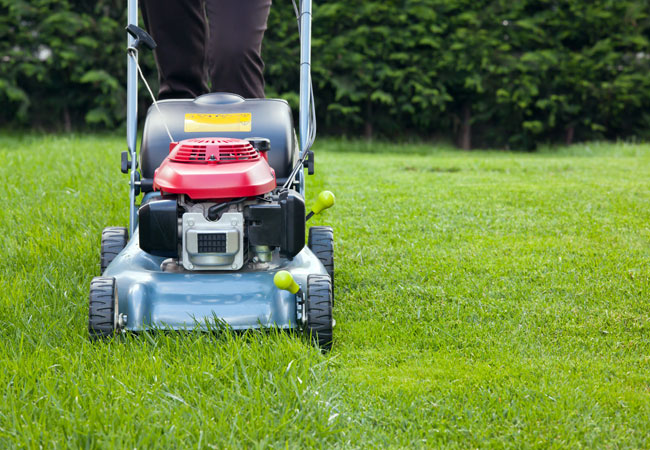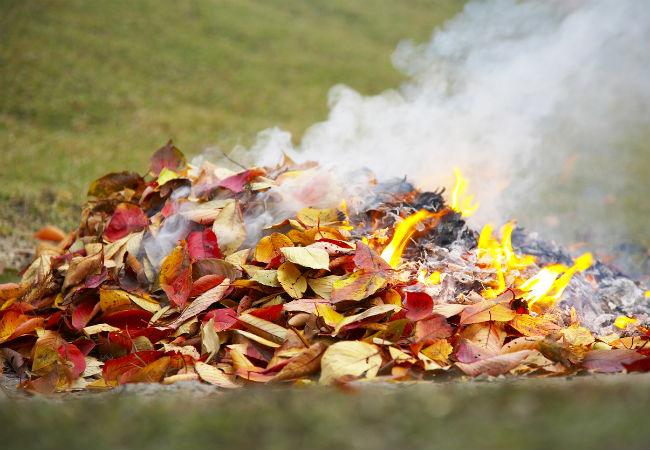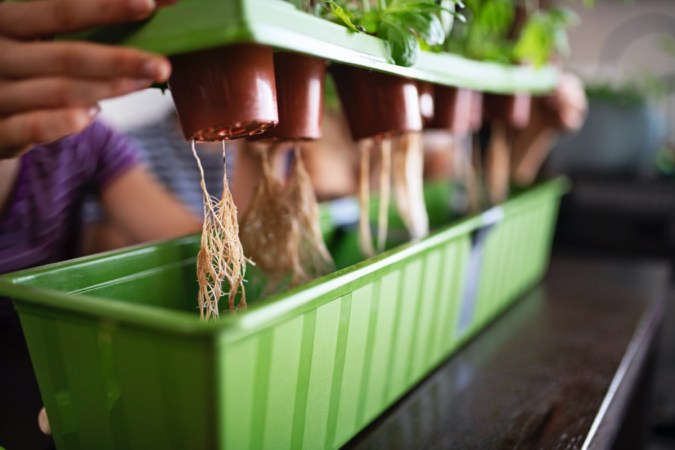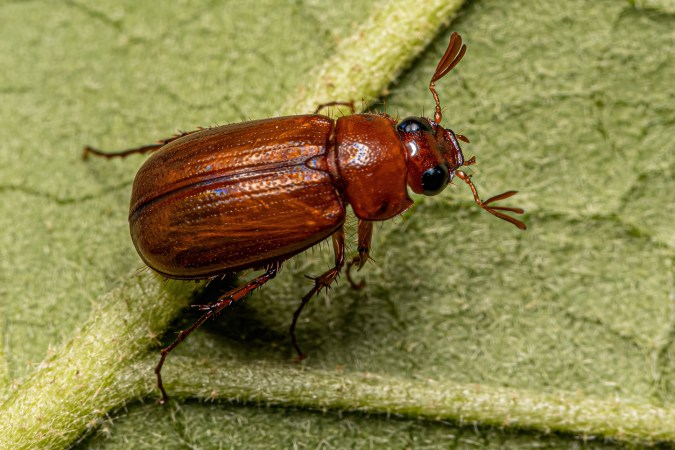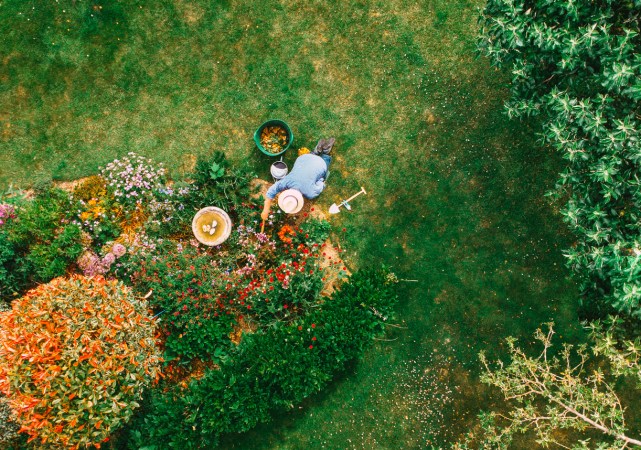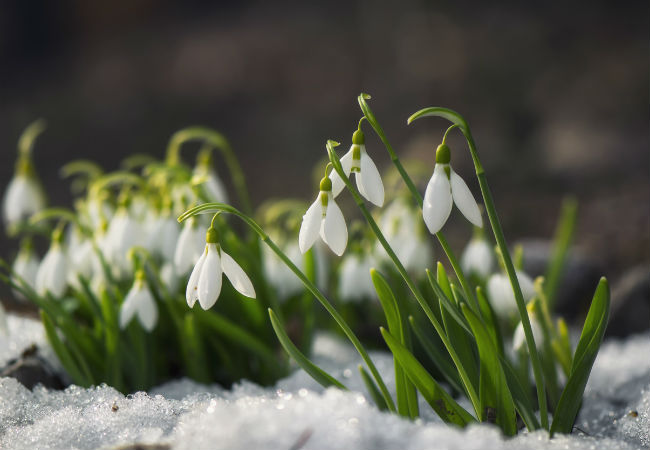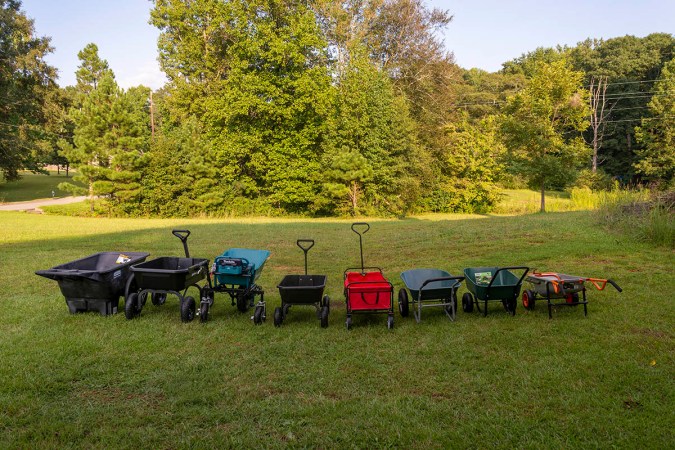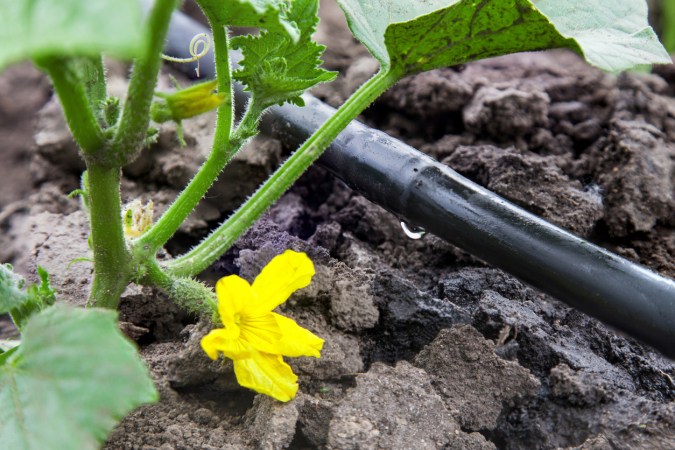We may earn revenue from the products available on this page and participate in affiliate programs. Learn More ›
As summer approaches, our lawns await a much-needed dose of hydration, but with environmental concerns mounting, it’s crucial to approach yard care with a mindful eye toward conserving water. According to the EPA, U.S. residents use about 8 billion gallons of water in their yards each day, mostly to water their lawns and gardens. This is more than the amount of water used to shower and wash clothes combined. The next time you plan on giving your backyard a nice watering, browse through this list first for conscious strategies to maintain a vibrant landscape while minimizing water usage.
1. Install a drip system.
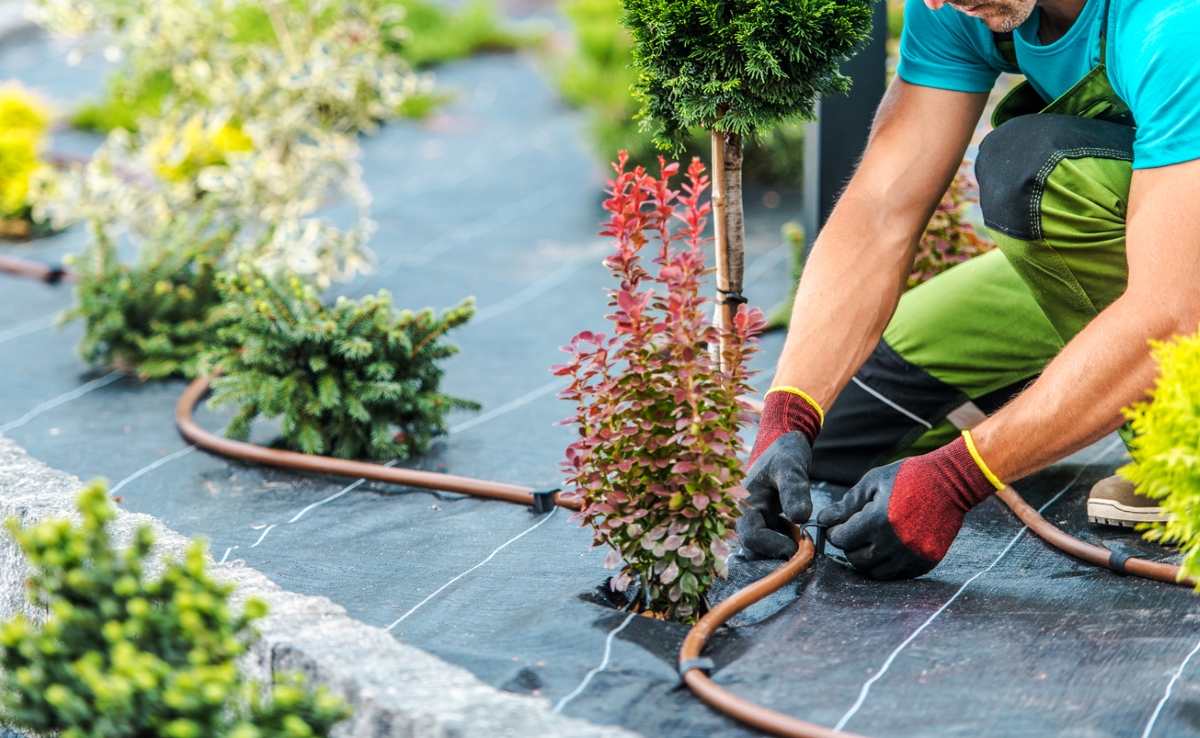
Drip irrigation systems can help avoid wasting water in the yard and garden. With low-pressure emission, the water drips in slowly at the root level, dispersed only where needed. This practice prevents water loss through runoff or evaporation, and saves you money in the process. As a bonus, drip irrigation systems also discourage the growth of weeds and fungal diseases.
2. Collect water from other sources in your home.
One of the most cost-efficient ways to hydrate the lawn is to reuse water from elsewhere around the home. Known as gray water, this relatively clean wastewater can be piped from your kitchen sink, dishwasher, washing machine, or tub (but not the toilet) to your drip irrigation system to water your flowers and foliage.
3. Install tanks to collect rainwater.
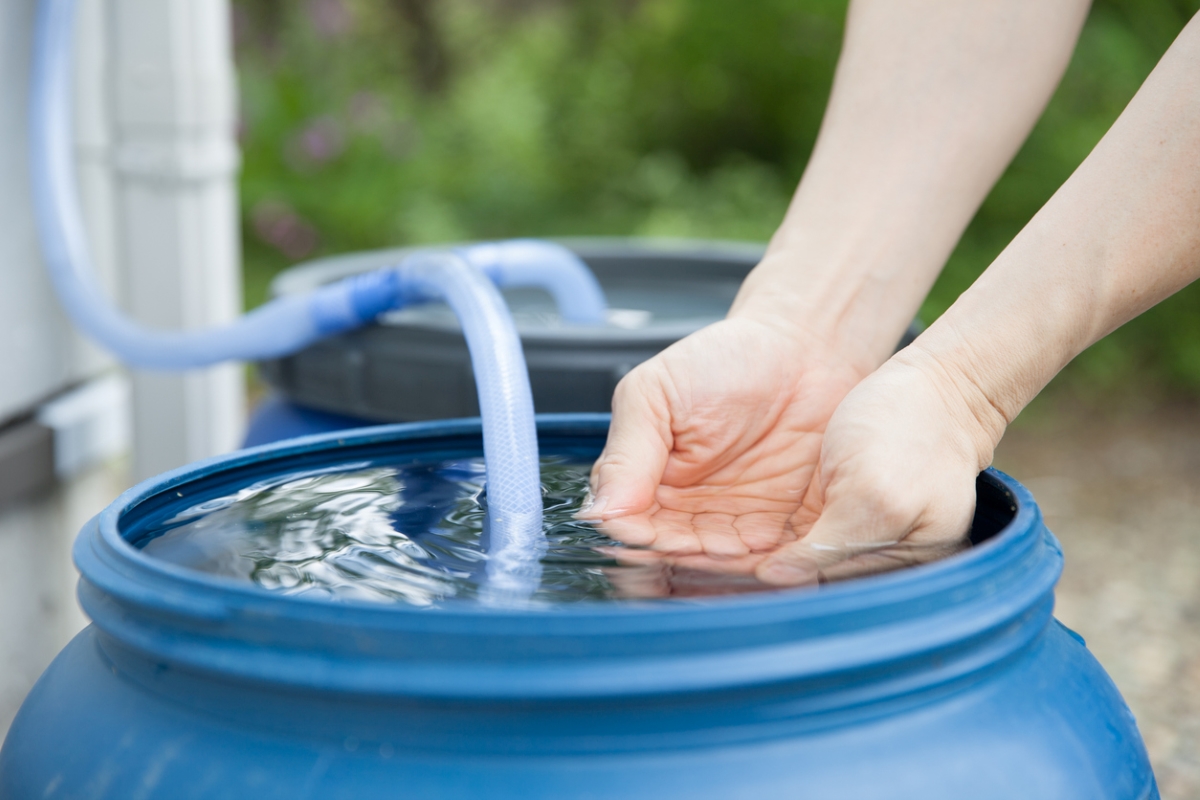
While you’re at it, capitalize on Mother Nature’s own irrigation system. Rainwater harvesting is an innovative way to collect and store lots of rainwater for later use. With your gutters funneling the bounty of a stormy afternoon into rainwater tanks, you can keep your garden hydrated without relying on the town’s water supply. No rain barrel? No problem. You can just as easily use wading pools or other larger vessels to catch the extra water.
4. Choose watering times wisely.
Timing matters when watering your lawn and plants. You don’t want to irrigate in the heat of the day; the water will evaporate before doing your plants much good. Cooler periods of the day are best, and morning is optimal. Water early to ensure the plants are well hydrated and ready to face the onslaught of the day’s heat.
5. Plant drought-resistant landscape plants and lawns.
Conserve water in your garden by filling it with drought-resistant plants that need less water to begin with. Scout your options by visiting a neighborhood nursery that specializes in local plants, as these are generally better adapted and often less needy than nonnatives.
6. Spread mulch.
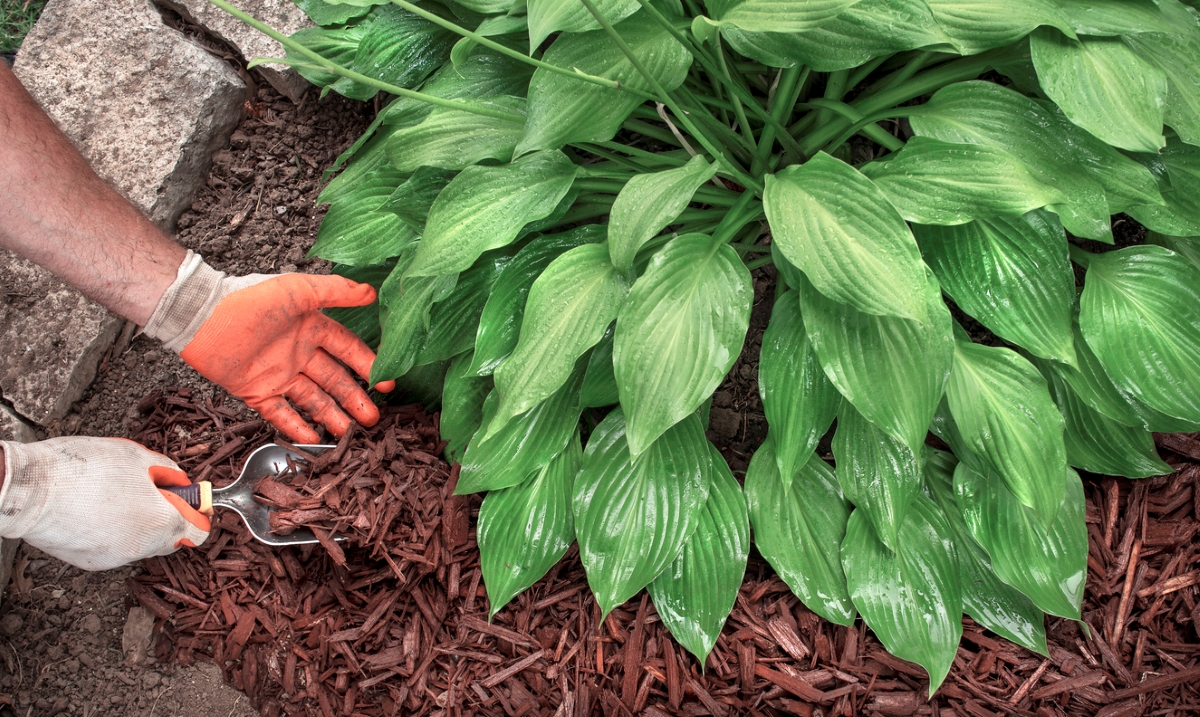
The benefits of mulching the garden make this practice a no-brainer. Mulch not only provides a layer of insulation that helps cut down on the need for watering, but it also works as a weed barrier. Start by putting down a thick layer of wet newspaper or a layer of landscape fabric over the weeds and any new soil that needs covering, then top the paper with at least an inch of mulch. Eventually, the paper breaks down and builds up the soil.
7. Hang self-watering baskets.
Make rationing water easier on yourself by investing in self-watering hanging baskets. These super low-maintenance planters maintain a reservoir of water that keeps plants from drying out. All you need to do is refill the reservoir when the water level indicator shows the levels are low. You’ll never again have to worry about overwatering.
8. Prep your ceramic planters to minimize water loss.
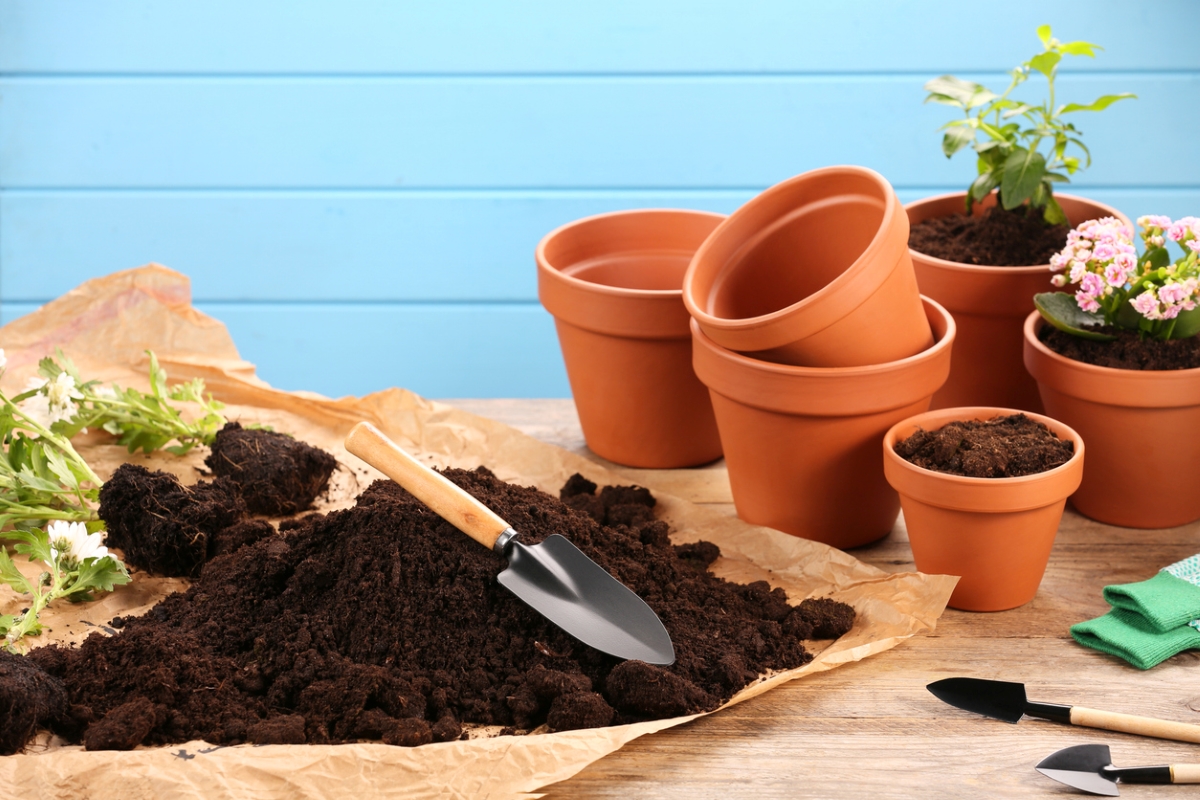
If you’d rather stick to the basics than adopt a self-watering planter, prepping your existing plant containers can do a great deal to help minimize water loss. Use proper potting mix instead of regular garden dirt for your containers; these mixes use moisture-retaining ingredients.
Some gardeners seal terra-cotta pots to reduce water loss. Bear in mind, though, that the advantage of clay and ceramic pots is porosity, which allows the free transfer of air and water. This is what plants need. Rather than sealing the pots, another water-saving technique you can try is to reuse the water that drains through containers into the saucers beneath the pots. If your ceramic containers don’t have drainage holes, use a diamond-encrusted drill bit to drill holes in the bottom.
